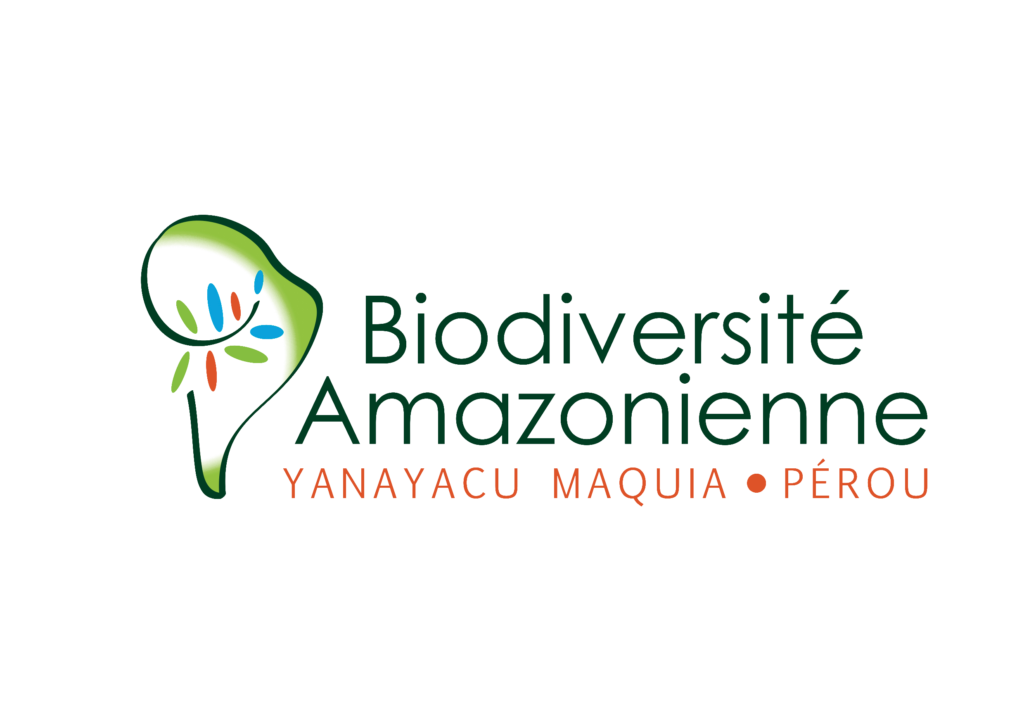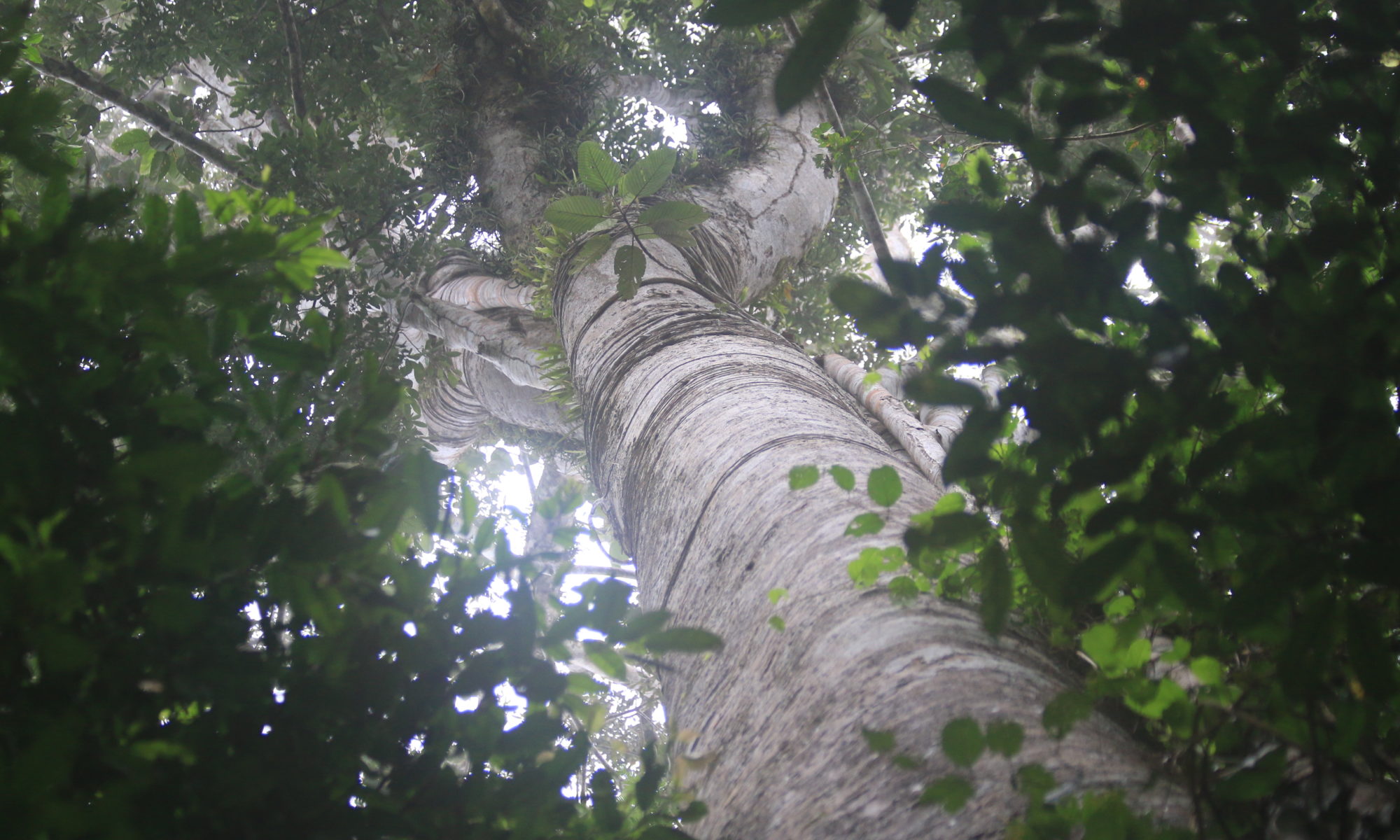Peatland, a key ecosystem in the Yanayacu-Maquia Conservation Concession
The “peat bog”? This word probably means something to you… We tell you more.
The Maquia peatland, a specific ecosystem

The Yanayacu-Maquia Conservation Concession, with a total area of 38,699 ha, is about four times the size of Paris in the middle of the Peruvian Amazon. Within the concession, 7 forest ecosystems are represented, one of which is the peat bog. The surface area of the peat bog in the Yanayacu-Maquia Concession is estimated at 7,000 ha, or 15% of the total area of the Concession. According to the rural communities living in the area, more than 50 plant species from this ecosystem are used for construction, food, medicine, and the formal economy. It is also a haven for biodiversity. Indeed, in addition to the many species of fish, amphibians, and reptiles, the Maquia Bog is composed of aguajes (Mauritia fluexosa), a tree species specific to this ecosystem in the Amazon. These trees produce abundant and highly nutritious fruits that attract a diverse and dense fauna including monkeys, tapirs, peccaries, agoutis, macaws, etc.
But what exactly is a peatland ?
A peat bog is an ecosystem which is characterised, firstly, by a soil permanently saturated with stagnant or very little water. This deprives the micro-organisms (bacteria and fungi) responsible for the decomposition and recycling of organic matter of the oxygen necessary for their metabolism. Under these asphyxiating conditions (anaerobiosis), plant litter is only very slowly and partially mineralised. It then gradually accumulates, forming a deposit of poorly or non-decomposed organic matter: peat.
Peat is a real fossil plant rock and is therefore an organic soil resulting from the incomplete degradation of plant debris in a water-saturated environment. It contains at least 20% carbon (30% in the case of clay-rich peat) and can accumulate over several metres in thickness, at an average rate of 0.2 to 1 mm per year.
And what is the role of peatlands for the environment?
Peatlands play 3 main roles for the environment:
- For water: acting as a filter for minerals and absorbing excess water preventing flooding
- For life: as a specific habitat for many species
- For greenhouse gases: as a “carbon sink“
Why are peatlands so important to preserve?
It is estimated that peatlands alone contain about one third of all the carbon in the world’s soil… And ‘tropical’ peatlands store twice as much carbon as all the world’s forests.
A functional peatland is therefore an ecosystem that has the capacity to :
- Accumulate carbon, which mitigates the effects of climate change
- Regulate water flows, thereby mitigating flooding in the rainy season
- Support a wide variety of habitats and species, which is a source of biodiversity
- Accumulate organic matter in its soil layers over thousands of years, thus telling us about the past.
| What would be the consequences of its degradation? Therefore, the degradation of the Maquia bog would affect its 3 main roles for the environment. For water, for life, and for carbon. Indeed, if the Maquia peat bog were severely degraded, its role in regulating water flows would strongly affect the populations of the area through increased flooding in the rainy season. On the other hand, this would lead to the loss of its specific biodiversity. Finally, the degradation of the peatland, coupled with the effects of climate change, would lead to an immediate release of part of its CO2 stock into the atmosphere. This seems to be an international concern at the moment. |

The Biodiversité Amazonienne Association is therefore paying particular attention to the conservation of the Maquia peatland through the monitoring activities of its local eco-guards and applied scientific research in the Maquia area. Since 2011, scientific studies have been conducted in this area of the Concession. Maquia Bog has been the subject of numerous field studies for the thesis research of Dr. Outi Lahteenoja, PhD student from the University of Turku in Finland.

Since 2015, the University of Arizona, based in the USA, has also been working on the Maquia peatland. Its team of scientists led by Hinsby Cadillo, is particularly interested in the dynamics of carbon fluxes in the soil and vegetation of the bog. In June 2019, a forest base was built by the eco-guards and local communities near the bog to accommodate the scientific teams during field studies. A specific study is planned for late July 2019 by the University of Arizona team supported by our Peruvian partners from the National University of Peruvian Amazonia. The results are to be followed…
So now you know a little more about peatlands?
Are you convinced of their importance for the environment?
If you want to know more about this ecosystem and its specificities, we invite you to watch these two short videos:

